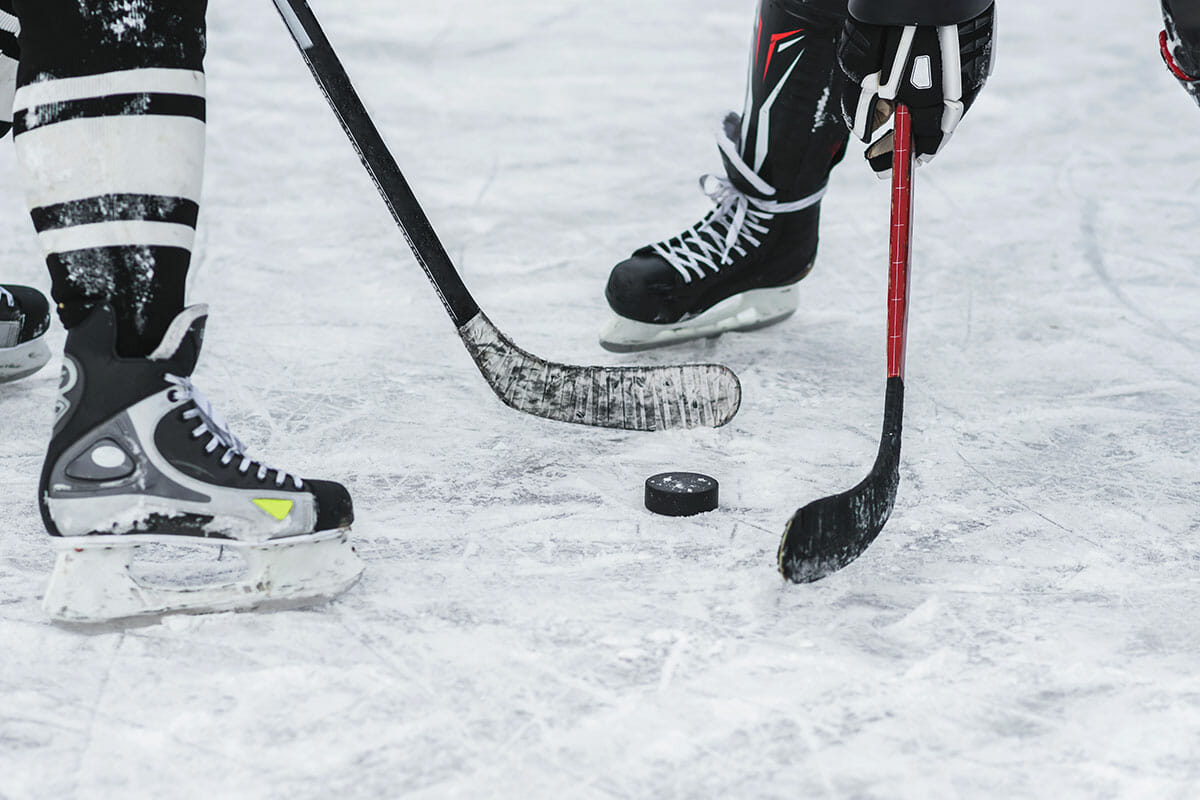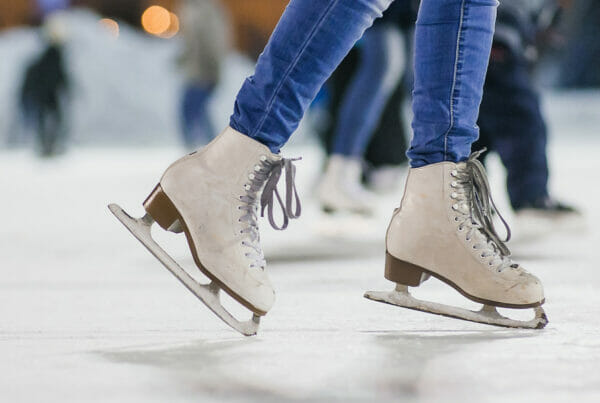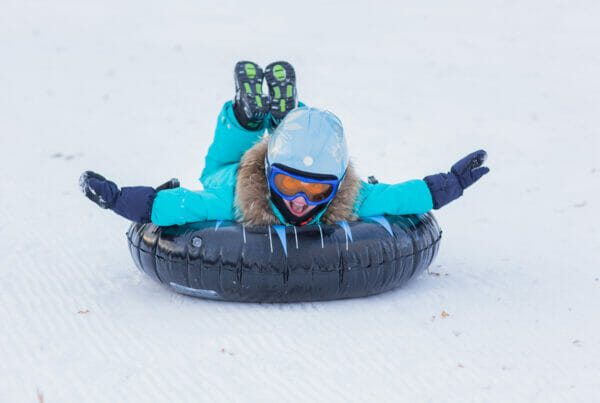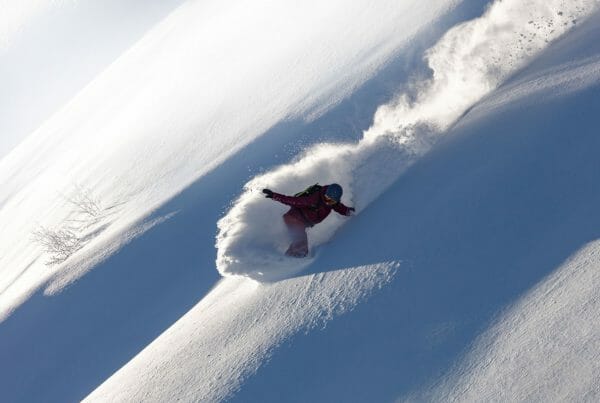In ice hockey, injuries are a regular part of the game. However, you can reduce the likelihood and severity of the most common hockey injuries by preparing with some hockey strength and conditioning exercises. You can also recover from your ice hockey injuries faster with a hockey physical therapy routine.
Let’s explore some common ice hockey injuries and the hockey workouts you can do to help prevent them. We’ll also go over how physical therapy for hockey players can get them back on the ice sooner.
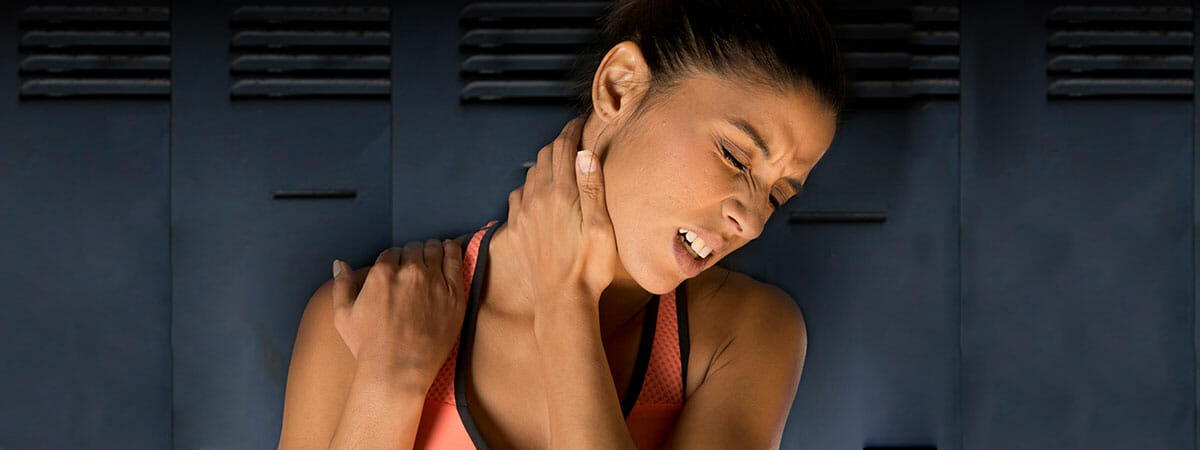
Most Common Hockey Injuries
The fast-paced, aggressive nature of ice hockey leads to many high-speed collisions. Those collisions, in turn, lead to a wide variety of injuries. If you’re a hockey player, the injuries you’re likely to sustain may even depend on what position you play.
Head and Neck Injuries
Some of the most severe injuries that hockey players can suffer are to the head, neck, and spine.
Head Injuries
As with any contact sport, especially those that involve high speeds, hockey can lead to concussions. A concussion occurs when the brain collides with the interior wall of the skull. A concussion can cause headaches, dizziness, and disorientation.
Concussions can cause long-lasting and sometimes permanent cognitive impairments. Each concussion will cause some level of irreparable damage. Suffering multiple concussions will cause that damage to add up and can become a danger to your mental and physical well-being.
Along with concussions, other head injuries from ice hockey include bruises or lacerations to the face, a fractured skull, and dislodged teeth.
While these types of injuries can’t always be avoided, stay aware of the people around you on the ice and always wear your helmet and mouthguard.
Neck Injuries
Neck sprains and strains are also common in ice hockey. The high-force impact can cause whiplash, and getting crushed against the boards can twist your head unexpectedly. Both instances can result in a sprained or strained neck. In extreme cases, they can even cause a broken neck.
A broken neck can be a severe injury that can lead to spinal damage. Determining the difference between a sprained neck and a broken neck can be difficult. Don’t risk it. If you suffer a neck injury while playing hockey, don’t move. Have someone call for medical help immediately. Contact RPT if you require physical therapy during the recovery period.
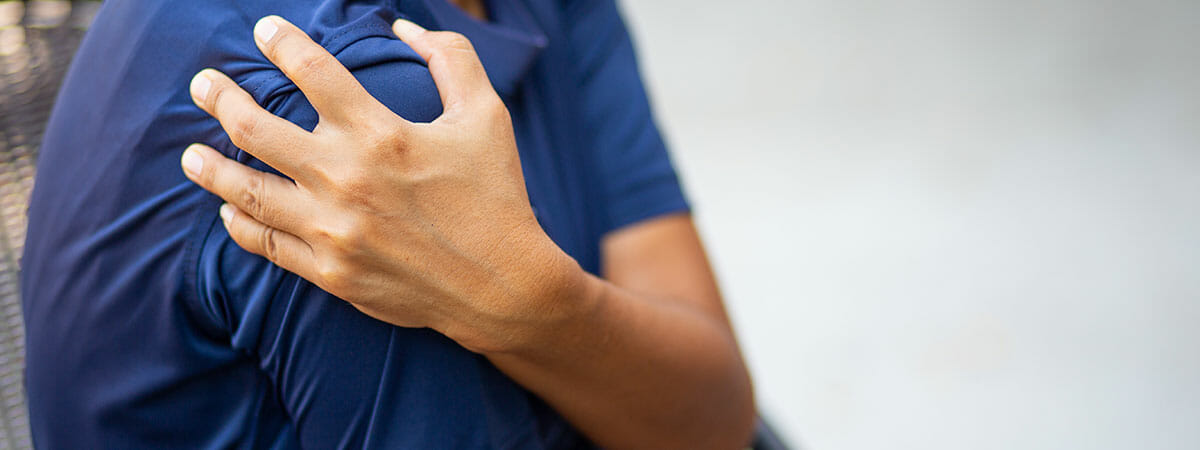
Upper Body Injuries: Shoulders, Limbs & Torso (back injuries)
Your hockey pads won’t make you bulletproof on the ice. Even with the pads, hockey players suffer a variety of upper-body injuries. Some common upper body injuries hockey can lead to include the following:
Hockey Shoulder Injury
The most common hockey shoulder injuries are separated shoulders caused by falls. Also, hockey players who get smashed against the glass often end up with a broken collarbone.
A separated shoulder should heal over time if you rest it. If you break your collarbone, seek medical attention for help setting the bone with a cast or a sling. Some severe fractures may require surgery.
Hockey Elbow Injury
Bruised and sprained elbows are common in hockey, and so is a condition called bursitis. These injuries stem from the strain and impact the elbows endure when players contact the boards, the ice, or other players while jockeying for position. A hard fall on your elbow could also lead to a fracture.
Protect your elbows the best you can while playing hockey. Wear well-fitting elbow pads that will stay in place. Loose elbow pads can slide out of position and won’t be there when you need them.
Hockey Back Injury
Balancing on ice skates at full speed while other people try to knock you over puts a lot of strain on your back. That’s why hockey players often have lower back problems. Unnatural twisting can cause a lot of torque on your body and can result in pulled back muscles. Overworked back muscles could lead to crippling back spasms.
The best way to prevent back injuries is to develop core strength and flexibility through a hockey strength and conditioning program. If you’re developing sore muscles, get treatment from licensed physical therapists like those at RPT in Utah. They can create a comprehensive hockey physical therapy plan to help you keep your core strong and healthy, so you can get back on the ice!
Hockey Wrist Injury
Wrists are another commonly injured body part among hockey players, especially beginners. As someone falls while skating, they instinctively reach out to catch themselves and end up with a bruised, sprained, or fractured wrist.
Take a little time early in your hockey playing career to learn how to fall onto your pads without injury.
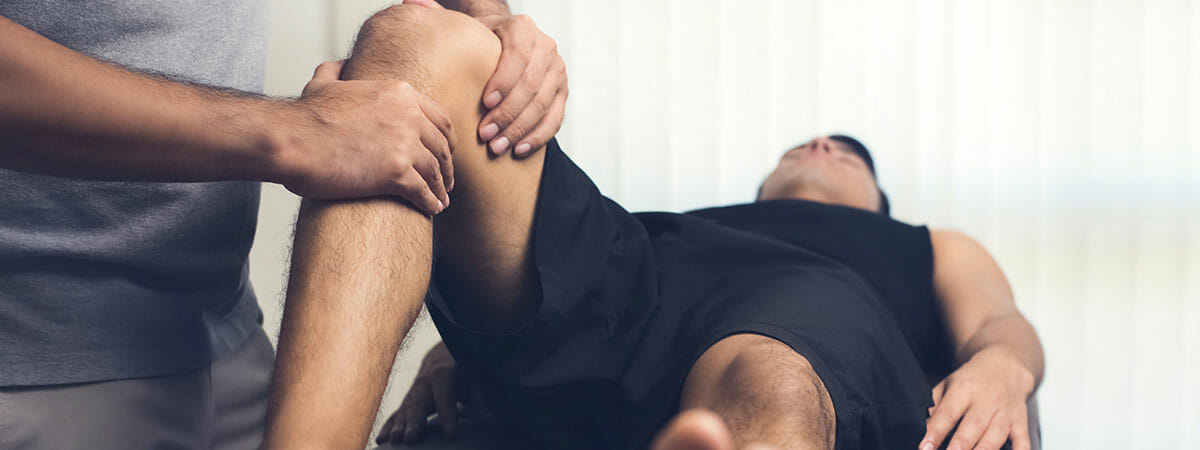
Lower Body: Legs, Knees, and Ankles
Hockey players also see their share of leg injuries, usually to the joints.
Hockey Ankle Injury
Hockey can result in a twisted or broken ankle. Skating at full speed, then coming to a sudden stop can be too much for your ankles to handle. Help prevent ankle injuries by preparing for hockey season with some ankle strengthening and flexibility exercises.
Hockey Knee Injury
Like many sports that require changing direction quickly, hockey sees a lot of injuries to the ligaments in the knee. The skating aspect of hockey leads to more medial collateral ligament (MCL) injuries. However, hockey players can also get anterior cruciate ligament (ACL) injuries.
If you suffer a knee injury while playing hockey, seek help from a doctor or physical therapist.
Hockey Hip Injury
The skating motion that hockey requires puts a lot of strain on the hip joints. That strain leads many hockey players to develop strains or soreness in their hip flexors and groin muscles.
You can reduce muscle strains and tears around the hip joint by strengthening them and increasing flexibility. Contact a physical therapist to get a program of hockey workouts designed specifically for your body.
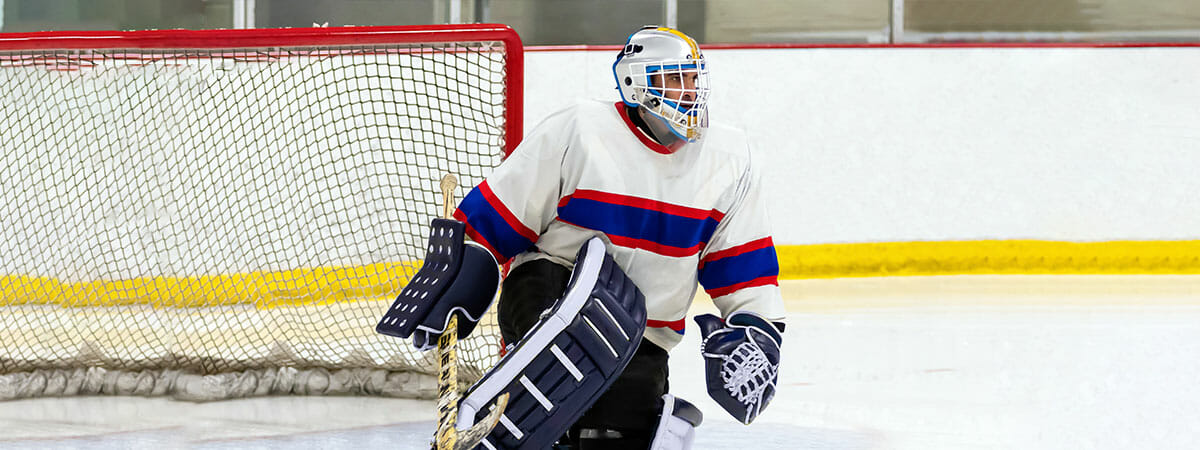
Hockey Goalie Injury
Goalies are in a unique position in hockey, literally. Many of the injuries goalies suffer stem from the way they have to bend and twist to stop the puck. That awkward motion leads to many hip and knee injuries for goalies.
One goalkeeping technique, in particular, called “the butterfly,” has come under some scrutiny lately for potentially posing even more danger to goalies’ lower body joints.
Hockey Goalie Knee Injuries
As goalies repeatedly go to their knees, especially with their feet out to the side, they put a lot of torque and strain on their knee and hip joints. That strain can result in chronic pain or a weakened ligament that suddenly snaps.
Hockey goalies regularly suffer bruised knees, tendinitis in the kneecap, or more serious injuries to the MCL or ACL.
Hockey Goalie Hip Injuries
Hockey goalies also see a higher percentage of hip injuries. The same awkward motion that causes knee injuries can result in a labral tear or sprained hip flexors.
Best Exercises for Hockey Goalies
You can help reduce your risk of common goalie injuries by preparing your body in advance. That means stretching out your leg joints and muscles before every workout. It also means strengthening your legs to withstand the demand playing goalie will place on them.
Consult a physical therapist before beginning any hockey strength workout plan. Most workout plans will include these common hockey training exercises for goalies.
Squats
Squats build strength and endurance in your legs and core with or without the weights. They’re a full-body workout that translates well to athletic endeavors.
If you start a weight training routine, start very slowly, learn proper form, and use all recommended safety equipment. Get help from an experienced lifter who can spot you and guide you as you learn.
Get even more out of your squats by incorporating single-leg squats into your workout.
Lunges
While both forward and lateral lunges will help build strength and flexibility in your legs, lateral lunges are a must for the specific motion required for goalkeeping. Make sure you stretch first.
Bounds
Continue developing strength in your lateral movement by doing side-to-side bounds. You can do these over a small hurdle or simply a line on the ground. They’ll add some dynamics and a little cardio to your strength-building routine.
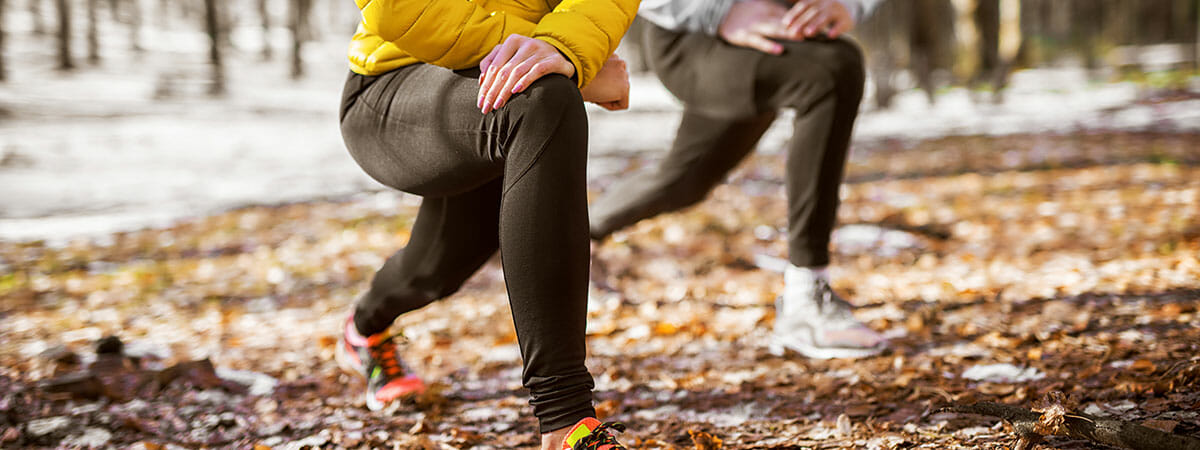
Hockey Workouts & Physical Therapy Exercises That Prevent Injury
If you’re wondering how to increase stamina for hockey or you find yourself asking, “what are the best exercises for hockey players?” we’ve got a list of exercises here that will give you a
full-body hockey workout.
These are the types of exercises you should do to prepare your body for hockey. We strongly urge you to consult one of our Utah physical therapists before beginning any workout regime.
Hockey Off-Ice Training
These exercises are meant to be part of an off-ice hockey training program. Your hockey coach can help you better with your practice routine at the hockey arena. These are just a few examples of exercises you can do to get in some off-ice hockey training at home or the gym.
Hockey Strength and Conditioning Exercises
Good strength workouts for hockey players will focus on the legs and core.
Leg Exercises
Squats
Squats are good leg workouts for hockey players because they work the entire lower body and engage the core for balance.
Deadlift
A deadlift is a core strength builder at its most basic. Practicing deadlifts will help you gain more power in your legs, strengthen your core, improve your posture & help prevent injuries while playing hockey.
Lateral Lunges
Lateral lunges can help strengthen the adductor muscle groups of the legs – increasing the ability to maintain stability in the knees and hips
Core Exercises
Hang Clean
Hang cleans develop explosive power that translates into bursts of movement on the ice.
Ankles
Jump Rope
Skipping rope is a great ankle strengthening exercise for hockey players.
Single-Leg Balance
Single leg balance exercises are also great ankle strengthening exercises. You can increase stability by standing on a compliant surface (like a foam pad).
Wrist Exercises
Bench Press
Bench press exercises don’t only build your chest and upper back muscles. This go-to upper body lift will also strengthen your wrists, improve stick handling, and increase your body checking power.
Puck Handling Stick Exercises
Strengthen your wrists and improve your skills at the same time. Use a ball to practice your stick work anywhere.
Agility Exercises for Hockey
Strength is only part of the game; you also need mobility and stamina to survive on the ice. These speed and mobility exercises for hockey players are a great place to start.
Stretches
A good stretching routine is essential to improving your agility. Pay particular attention to stretching your hips and groin area. Contact a trainer or physical therapist to get a stretching routine designed for you.
Sprints
Whether on skates or off-ice, sprints will build up the explosive strength in your legs and core. They’re a great full-body workout that can improve your overall speed.
Jumps
From skipping rope to box jumps to jump squats, the explosive motion involved in jumping is excellent for training. Athletes from all sports could benefit from jump workouts, especially those that involve quick changes in direction.
Bounds
Side-to-side bounds combine the explosiveness of skipping rope with a motion that more resembles skating. That combination makes bounds an excellent exercise for hockey players.
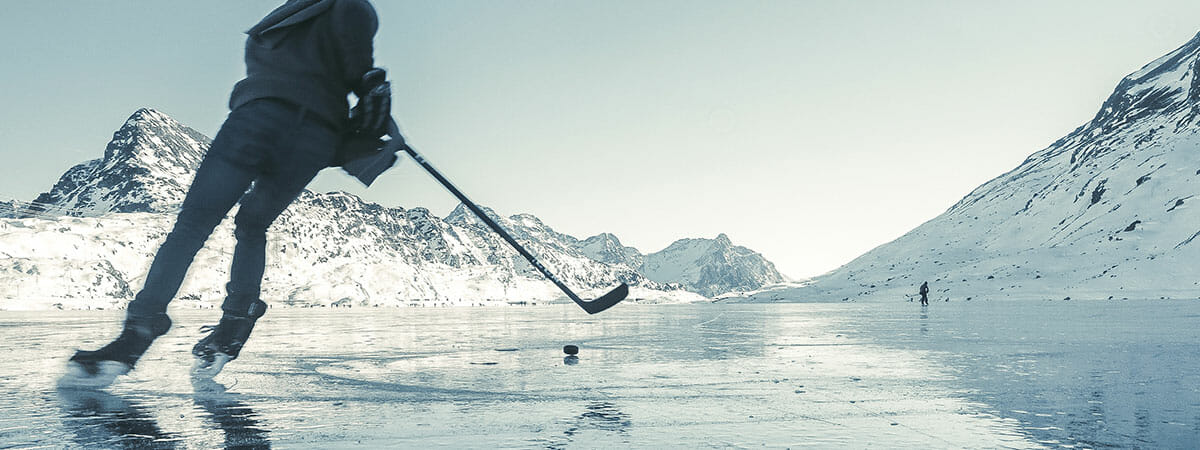
Hockey Exercises for Beginners
Skating
When you’re beginning, start with the basics. Learn to skate.
Start slow. Learn to start, stop, and turn on skates. Set up cones and slalom around them, and do figure eights forward and backward.
If you can’t stay on your feet on the ice, you’ll struggle to play hockey. Once you can move on the ice, you can start on some stick drills.
Stick and Puck Handling
Learn to handle the puck. Start by getting used to skating with your hockey stick. Practice skating forward and backward, sometimes with your stick hovering over the ice and others with your stick gliding across the top of the ice.
Once you’re comfortable handling your hockey stick on its own, you’ll be ready to add a puck and begin developing your puck handling skills.
Start off the ice, simply sliding the puck side-to-side. Keep working at it until you can push and pull the puck by feel and without looking at it.
Next, take that same exercise to the ice. Once you feel comfortable, start skating forward while pushing the puck side to side. Don’t look at the puck. Once you can handle the puck moving forward, gain the same control skating backward.
Once you can control the puck on your own, partner up with a friend or teammate and begin passing the puck back and forth to each other. Start while standing still. Then practice passing the puck while skating. Pass the puck back and forth while you both skate forward and backward. Then, pass the puck while one of you skates forward while the other skates backward, then switch.
Shooting
After you feel comfortable with your puck handling, you can start to practice shooting on the goal.
Start without a goalie and from just a foot or two away. Move slowly and get comfortable with the motion of the shot before you unleash your full speed and power. Just push the puck into the net. Once you’re comfortable, you can start shooting from one side of the net, then the other, still just feet away.
Next, start taking shots while skating toward the net.
Slowly begin expanding your shot range. Don’t just add depth, be sure to expand your range across the ice from left to right.
Eventually, you’ll be able to work on shots while moving behind the net and stop shots while attacking the goal.
Strength and Conditioning
Before you begin playing hockey, get in general shape. Contact a physical therapist to develop a general strength and conditioning program. Begin with a stretching and running routine.
Once you’ve developed some stamina, start doing some exercises from the “Hockey Strength and Conditioning Exercises above.
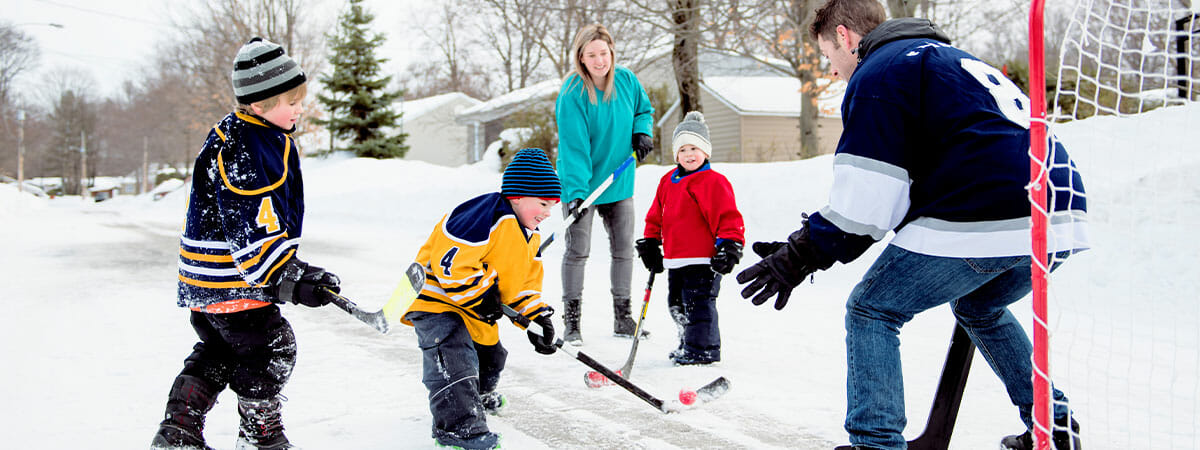
In Closing
Get ready for peak performance on the ice by preparing during the off-season. Our team of sports physical therapists can perform a professional evaluation to help you prepare for hockey season by addressing any persistent injuries or helping you train and condition with hockey-specific exercises. Our success stories from clients speak for themselves; when you’re ready to get started, we can help you.
We have several locations along the Wasatch Front, making it easy for you to get in and get treatment when you need it. Contact Utah’s Registered Physical Therapists today to schedule an appointment when you’re ready to get started on your preparation or healing journey. RPT offers advanced physical therapy, customized for you!


